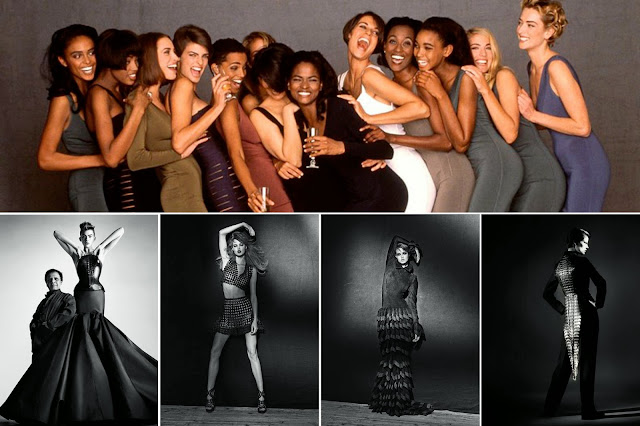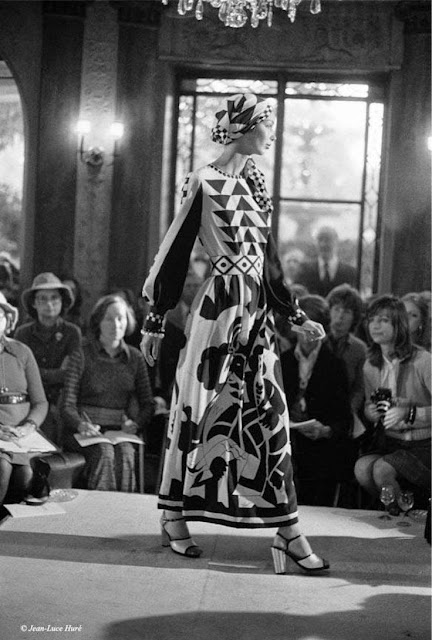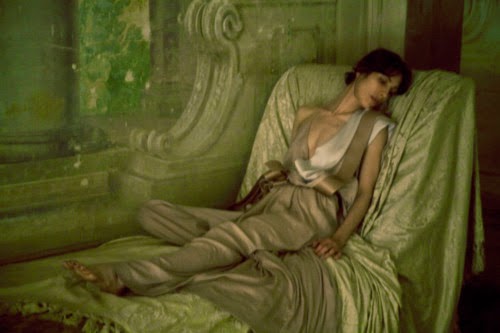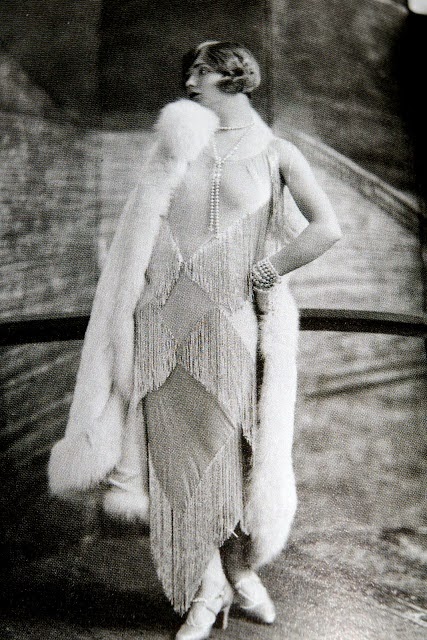Josephine Baker was one of Antoine's many famous clients _she wore his wigs like skullcaps for her stage performances. Born in Russian Poland, Antoine moved to work in the Parisian salon of hairdresser Monsieur Decoux. He acquired a following and, cannily, Decoux took his star stylist to the fashionable seaside town of Deauville; there Antoine was introduced to the society he would coif for decades. On his return to Paris, Antoine set up his own salon, selling his own haircare and cosmetics range _the first to do so. Although he is famed for his "Eton crop", he always maintained he could not claim it as his own. At the time he said he was simply carrying out the orders of a client who returned three times to have her short bobbed hair cut progressively shorter to suit the increasingly sporty lifestyle enjoyed by women of that era. The peak of Antoine's career was the coronation of George VI, when he supervised 400 coiffures in one night.
Also look up for Alexandre, G. Jones, Kenneth, De Meyer, Talbot













